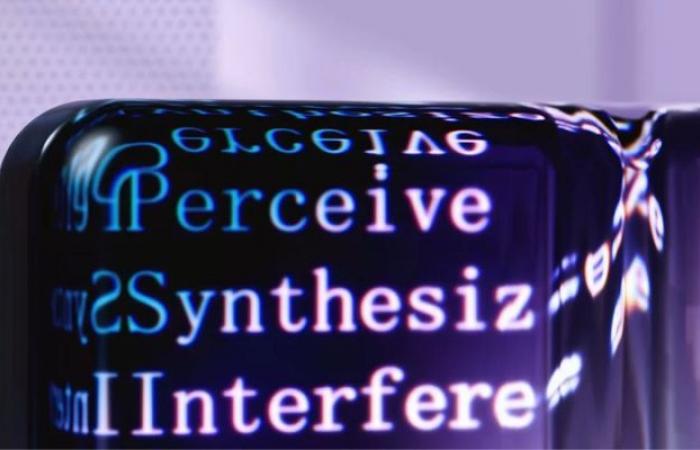Oscar Wilde once said that sarcasm was the lowest form of wit, but the highest form of intelligence. If humans sometimes struggle to grasp this subtle form of communication, it is a challenge for machines. A team of researchers from the University of Groningen addressed this challenge with an innovative approach combining textual and acoustic analysis to create a more accurate sarcasm detector.
Conveying sarcasm through text is notoriously difficult; the subtle changes in tone that convey sarcasm often confuse computer algorithms, limiting virtual assistants and content analysis tools.
Xiyuan Gao, Shekhar Nayak and Matt Coler from the Speech Technology Laboratory at the University of Groningen, Campus Fryslân, Netherlands, developed a multimodal algorithm that improves sarcasm detection. Their work was presented at the last joint meeting of the Acoustic Society of America and the Canadian Acoustics Association in Ottawa.
A multimodal approach
Traditional sarcasm detection algorithms typically rely on a single parameter, such as text alone, to produce their results. This limited approach is the main reason they often fail. Sarcasm, by nature, relies not only on the words, but also on the way they are said and the context.
Rather than limiting themselves to a single dimension, the researchers adopted a multimodal approach, using two complementary techniques: sentiment analysis via text and emotion recognition via audio.
Xiyuan Gao explique:
“We extracted acoustic parameters such as pitch, speech rate and speech energy, then used automatic speech recognition to transcribe the speech to text for sentiment analysis”.
Then, each speech segment was enriched with emoticons reflecting its emotional content for a complete and accurate analysis of sarcasm.
Although the team is optimistic about the performance of its algorithm, it is already looking for ways to improve it. “There are a range of expressions and gestures that people use to highlight sarcastic elements in speech.”note Xiyuan Gao. “These must be better integrated into our project. Additionally, we would like to include more languages and adopt sarcasm recognition techniques.”
Possible applications
The implications of this technology go far beyond just identifying sarcasm which can benefit other areas of research using sentiment analysis and emotion recognition.
Xiyuan Gao ajoute:
“Traditionally, sentiment analysis focuses mainly on text and is developed for applications such as online hate speech detection and customer opinion mining. Speech-based emotion recognition can be applied to AI-assisted healthcare. Sarcasm recognition technology that applies a multimodal approach is insightful for these research areas.”
Article references:
Acoustical Society of America. “Building a Better Sarcasm Detector.” ScienceDaily






